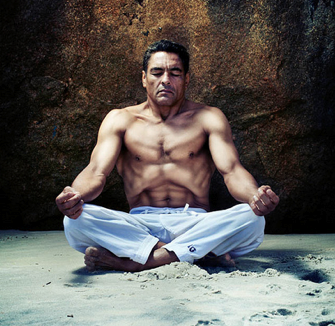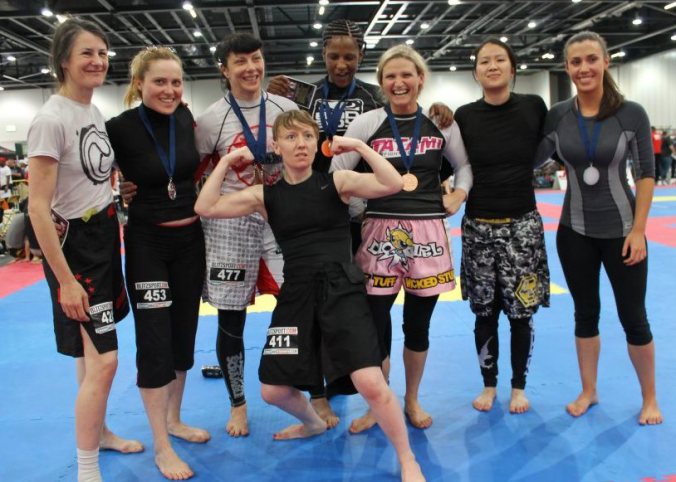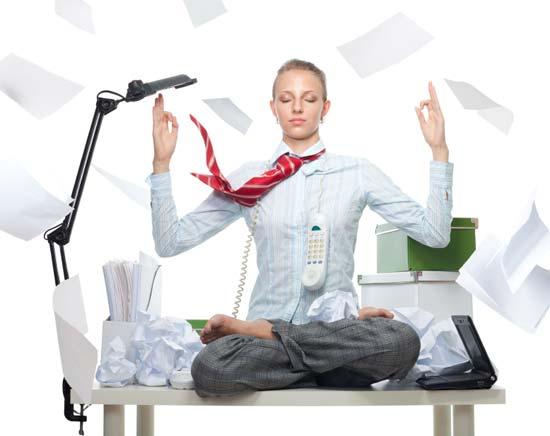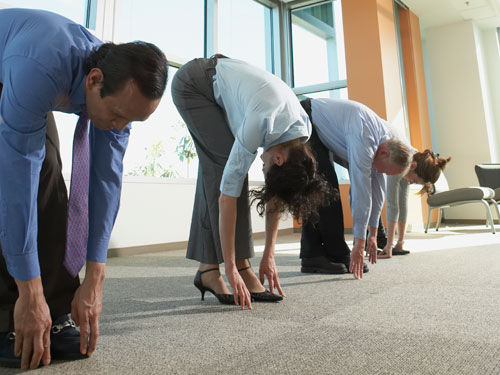Written by Lydia Lacey
The theory behind the law of attraction (loa) is that your thought patterns attract certain experiences into your life, and that like attracts like, i.e. positive or negative thoughts will create positive or negative experiences. Sounds oversimplified, right? Consider this: there is a wealth of research, particularly within the scope of quantum physics that proves that thoughts and the experience of reality are interconnected.
How Your Thoughts Create Reality
“Consciousness Creates Reality” – Physicists Admit The Universe Is Immaterial, Mental & Spiritual – R.C. Henry, Professor of Physics and Astronomy at Johns Hopkins University,“The Mental Universe”
Our current state of being, our inner self that produces thoughts, attitudes and feelings resonates us to a certain vibrational frequency. When these thoughts/attitudes change, so does our vibrational frequency (which is the energy we give out). So for example, fear has a certain frequency, when we experience fear we resonate the energy around us to this fearful vibration. This energy we put out (created by our thoughts/attitudes) then draws towards it, a reflection of itself, other energy fields, other people, situations, which then form experiences. What we are internally, we manifest externally.
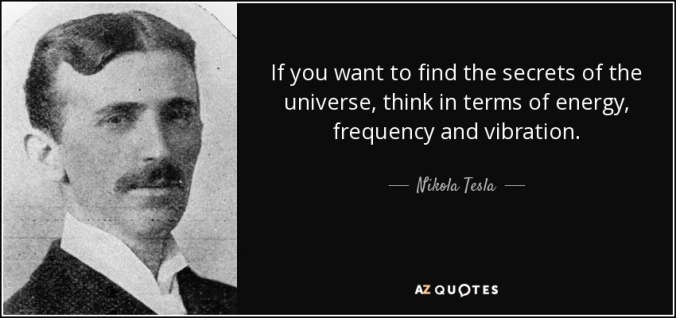
To change what we experience externally, we need to look at ourselves internally to understand what it is about our belief system that attracts certain experiences. If the energy we put out doesn’t change, then what comes back won’t change, so we end up repeating certain cycles in life. This can be in the form of dysfunctional relationships, financial instability, career dissatisfaction, and so forth. Think about people you know that continuously end up in the same scenarios – that’s no coincidence.
Let’s use the hypothetical example of a woman that continuously forms relationships with partners that are emotionally abusive. Let’s say hypothetically, at the core of her inner being is a low sense of self worth, which manifests itself into a feeling of incompleteness, a hole. This underpinning sense of incompleteness translates into a behavioral pattern, one that may tolerate, excuse or ignore disrespectful behavior from a partner. Meaning this sense of low self worth has unconsciously attracted an individual that treats their partner as worthless. The energy of one another matches and resonates with another, thereby drawing upon this experience. Ultimately, the situation will continue to repeat itself unless the woman changes her perception about herself.
To break out of such a circle, we need to reflect on our inner psychology and understand how we are responsible for the experiences we create. When we blame external forces and play the victim (bad partners, situations, timing, etc), we are merely blaming the reflection of what our inner self attracts. Playing the victim only serves to disempower the person from actually changing their reality.
If This Is True, Why Don’t More People Know About It?
Now, let’s be realistic here – society as we know it is a complete sham, not just nationally, but globally. We have poverty, war, inequality and even in the West, where safety and survival is not so much a cause for concern, people more often than not, are still distinctly unhappy. This is no accident by the way, it is a top down process intentionally designed to lock people into these lower energy fields.
We are socially conditioned to blame outside sources for our unhappiness, to blame the reflection instead of what manifests it. A society locked into unhappiness and fear is easier to control, people aren’t going to take the steps necessary to change their situation if deep down they don’t believe they are able to do so. It’s easier to push products and a consumerist culture onto people when individuals feel that they are lacking in some way, that they are in some way incomplete. It’s common knowledge now, that the system is not only broken, but completely corrupt. But people are still oblivious to the extent of which this failed system actually impacts upon their lives or how it alters and limits their perception of reality.
If such information became common knowledge, it would empower a mass number of people. This distinctly works against the interest of those in power. The more people that awaken to the fact that they are in control of the direction they lead their life in, the more this gradually chips away at the system of control, the more empowered you become. This is exactly what it means, to become “awake” in a society where the majority of people are “asleep”.

How Do We Start?
Start by monitoring your thoughts, and drawing the connections between your expectations and what you experience. Evaluate whether your thoughts are either positive or negative, then ask yourself, is this thought serving me in any way? Be brutally honest with yourself, and be forgiving, because there is nothing to achieve from guilt tripping or shaming yourself. Set the intention of taking control over your mind and your thoughts.
To develop the ultimate level of self-awareness, I would strongly recommend meditation. If you’re not sure how to start, click here for my other blog “Dealing With Anxiety Through Meditation” then scroll down to the section titled Taking Control of Your Breath. Meditation is a fantastic practice to cultivate self-awareness and regulate positive emotion, so anyone can reap the benefits. People often have the common misconception that meditation requires no thinking – which is inaccurate. Instead, allow your thoughts to flow, whilst you become the detached observer, reserving any judgement or feeling towards your thoughts. Where the mind goes, energy flows, so from this neutral plane you can then evaluate whether certain thoughts do or do not serve you, allowing you to make the distinction to where you should direct your mental energy to.
